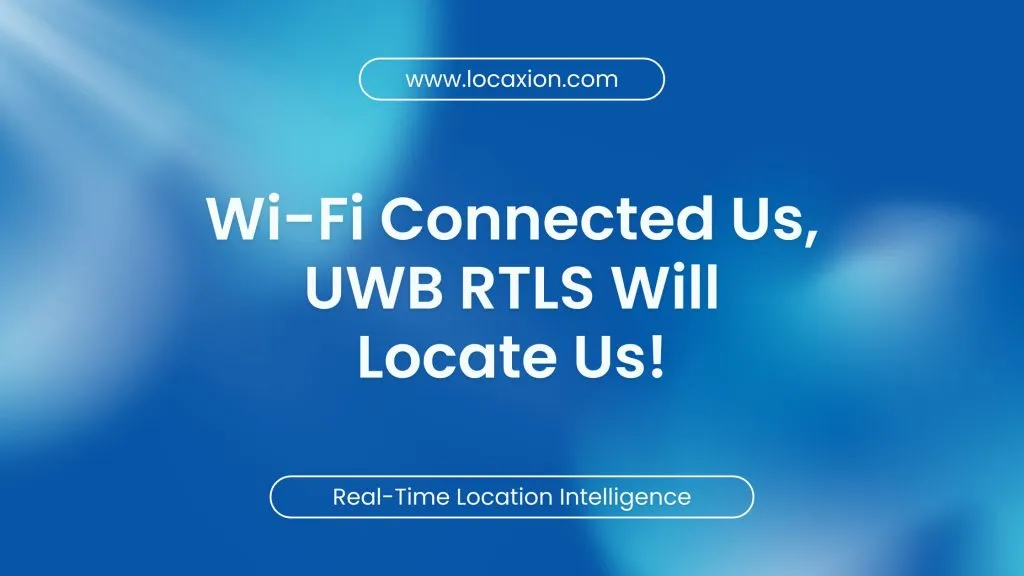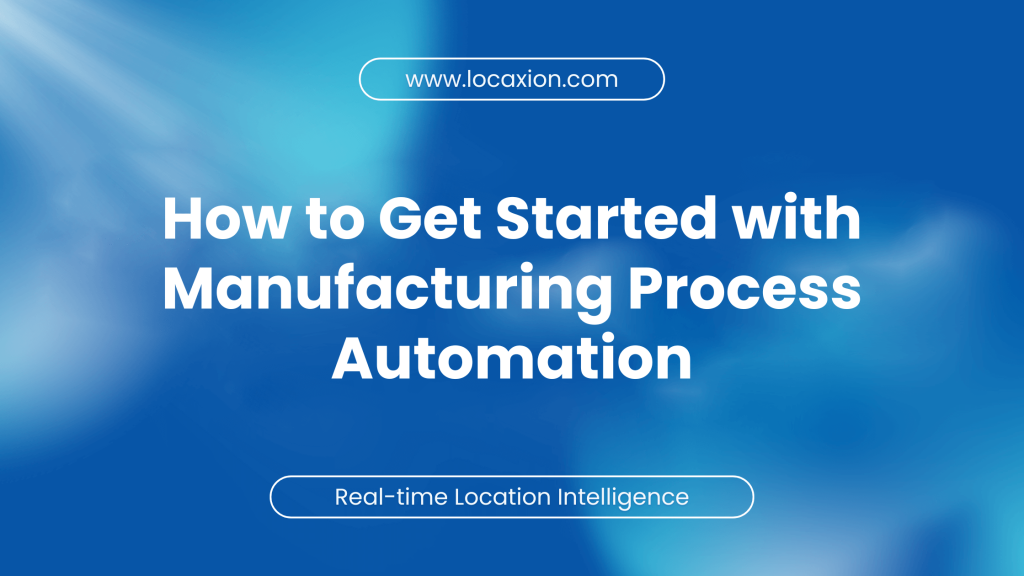In today’s fast-paced, data-driven world, IoT sensors are revolutionizing industries by enabling real-time tracking, automation, and predictive insights. But what are IoT sensors, and how do they work across different sectors? These intelligent devices serve as a critical link between physical assets and digital systems, capturing and transmitting data on movement, temperature, pressure, humidity, and more.
Whether in manufacturing, healthcare, or fleet management, IoT sensors enhance efficiency, reduce downtime, and improve decision-making. From GPS and RFID to Bluetooth and Wi-Fi tracking, these technologies empower businesses with real-time location intelligence, automation, and predictive analytics to streamline operations and drive growth.
What Are IoT Sensors?
Think of IoT sensors as the bridge between the physical and digital worlds. These devices continuously monitor their surroundings and collect valuable data. Whether it’s tracking a shipping container’s location, monitoring a vaccine’s temperature, or predicting forklift maintenance needs, IoT sensors are at work 24/7, ensuring seamless operations.
How Do IoT Sensors Work?
IoT sensors operate on a simple yet powerful principle: detect, convert, and transmit. Here’s how it works:
- Detect: Sensors identify changes in the environment, such as temperature fluctuations, movement, or pressure shifts.
- Convert: They transform raw, real-world data into digital signals.
- Transmit: The collected data is sent to cloud-based systems for real-time analysis, providing businesses with actionable insights.
This continuous feedback loop enables organizations to monitor conditions remotely, automate processes, and make data-driven decisions instantly.
Types of IoT Sensors: A Device for Every Need
Just as there’s no one-size-fits-all solution in business, IoT sensors come in various types to suit different needs.
Tracking Sensors
- GPS Sensors – Ideal for tracking fleets and outdoor assets.
- RFID Sensors – Used in inventory management & access control.
- Bluetooth Sensors – Enable indoor navigation & asset tracking.
- Wi-Fi Sensors – Leverage existing networks for cost-effective indoor tracking.
- LoRaWAN Trackers – Provide long-range tracking with low power consumption.
Environmental Sensors
- Humidity Sensors – Monitor moisture levels, crucial for food & pharmaceuticals.
- Energy Sensors – Track power consumption to reduce energy waste.
- Gas Sensors – Detect hazardous gases to ensure workplace safety.
- Proximity Sensors – Automate production lines and prevent collisions in warehouses.
- Accelerometers – Measure movement, improving equipment balance & orientation.
- Optical Sensors – Used in quality control to detect product defects.
- Flow Sensors – Monitor liquid/gas flow in manufacturing.
- Torque Sensors – Measure rotational force in industrial machines.
- Acoustic Sensors – Detect sound anomalies, signaling potential equipment failures.
Real-World Applications: IoT Sensors in Action
1. Manufacturing: Enhancing Efficiency & Reducing Downtime
In smart factories, IoT sensors optimize processes through:
- Vibration Sensors – Detect machine wear before breakdowns occur.
- Temperature Sensors – Prevent overheating and equipment failures.
- Acoustic Sensors – Listen for abnormal sounds signaling misalignment or damage.
- Energy Sensors – Monitor power usage, reducing unnecessary energy consumption.
- Proximity Sensors – Automate assembly lines for precise component placement.
These technologies enable predictive maintenance, reducing unscheduled downtime and increasing manufacturing productivity.
2. Healthcare: Enhancing Patient Care & Safety
IoT sensors are transforming hospitals & healthcare facilities by:
- Wearable Sensors – Continuously monitoring patients’ vital signs.
- RFID & BLE Tags – Tracking medical equipment in real time.
- Temperature Sensors – Ensuring safe storage of sensitive medications.
- Pressure Sensors – Preventing bedsores in immobile patients.
- Occupancy Sensors – Optimizing hospital room usage & infection control.
By automating critical tasks, healthcare providers can focus on delivering better patient outcomes.
3. Fleet Management: Optimizing Logistics & Reducing Costs
IoT sensors are revolutionizing transportation & fleet management through:
- GPS Sensors – Enabling real-time vehicle tracking & route optimization.
- Fuel Monitoring Sensors – Identifying fuel inefficiencies.
- Tire Pressure Monitors – Preventing blowouts & maintenance issues.
- Engine Diagnostic Sensors – Detecting vehicle health problems early.
- Driver Behavior Sensors – Improving safety by monitoring braking & acceleration patterns.
- Cargo Temperature Sensors – Ensuring optimal conditions for perishable goods.
By leveraging these sensors, fleet operators cut costs, reduce emissions, and enhance delivery efficiency.
The Benefits of Embracing IoT Sensors
- Real-Time Insights: Up-to-the-minute data for smarter decision-making.
- Efficiency Boost: Automate routine tasks and streamline operations.
- Predictive Maintenance: Fix problems before they escalate.
- Enhanced Safety: Monitor environmental conditions and protect workers.
- Cost Savings: Optimize resource use and reduce unexpected breakdowns.
- AI Readiness: A strong data foundation for future AI-powered analytics.
The Future of IoT Sensors: Trends & Innovations
The future of IoT sensors is packed with exciting innovations:
- AI Integration – Smarter sensors capable of autonomous decision-making.
- Miniaturization – Smaller, more powerful sensors for discreet applications.
- Improved Battery Life – Longer-lasting devices for hassle-free monitoring.
- 5G Connectivity – Ultra-fast data transmission for real-time tracking.
As these technologies evolve, businesses of all sizes can leverage IoT-powered insights to scale operations and improve efficiency.
IoT sensors are the foundation of RTLS solutions, enabling businesses to achieve location intelligence and automation. Explore our in-depth RTLS guide to discover how this technology revolutionizes industries.
Ready to Join the IoT Sensor Revolution?
To select the right RTLS IoT sensors for you needs consider factors such as the environment, desired range, accuracy, data types needed, and integration capabilities when choosing RTLS IoT sensors. Schedule a free consultation today and unlock the full potential of IoT sensors in your industry!
Frequently Asked Questions (FAQ)
What types of data do RTLS IoT sensors collect?
In addition to location data, these sensors can monitor environmental conditions such as temperature, humidity, and motion, depending on their design and application.
Where are RTLS IoT sensors typically used?
Common applications include healthcare facilities for patient tracking, supply chain management for inventory control, and smart buildings for monitoring assets and occupancy.
Are RTLS IoT sensors energy efficient?
Many RTLS IoT sensors are designed for low power consumption, allowing for extended battery life, especially important for devices that need to operate continuously.
Can RTLS IoT sensors be integrated with existing systems?
Yes, most RTLS IoT sensors can integrate with existing enterprise systems, enhancing overall operational efficiency and data visibility.
How do RTLS IoT sensors enhance operational efficiency?
By providing realtime location and environmental data, these sensors help streamline processes, reduce asset loss, improve inventory management, and enable informed decision making.
Is it possible to customize RTLS IoT sensors?
Yes, many manufacturers offer customization options for RTLS IoT sensors to meet specific application requirements, such as additional features or unique designs.




